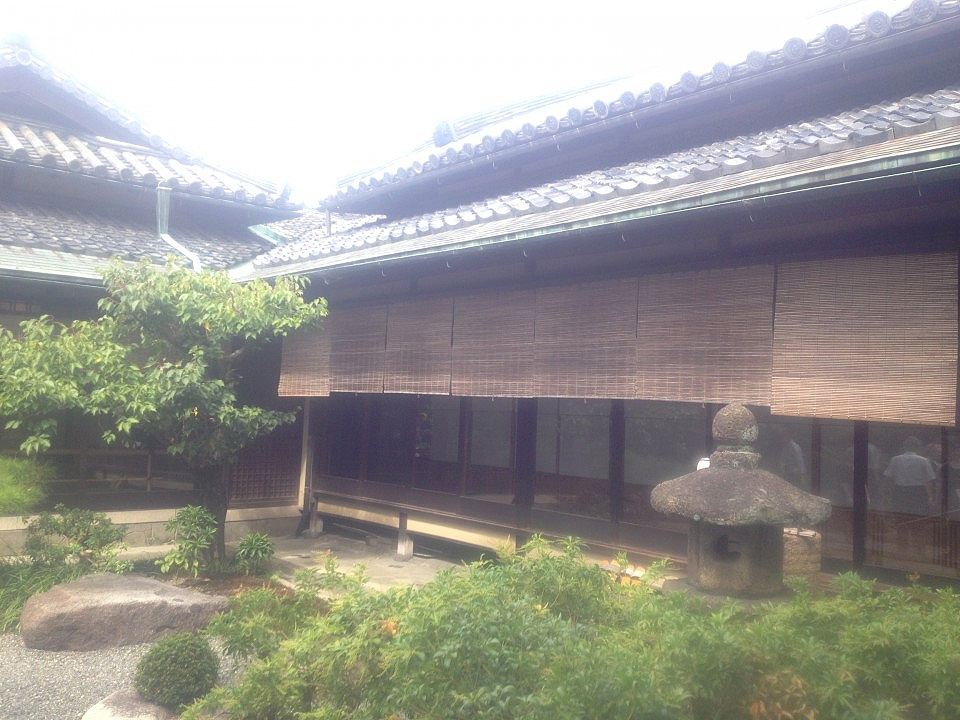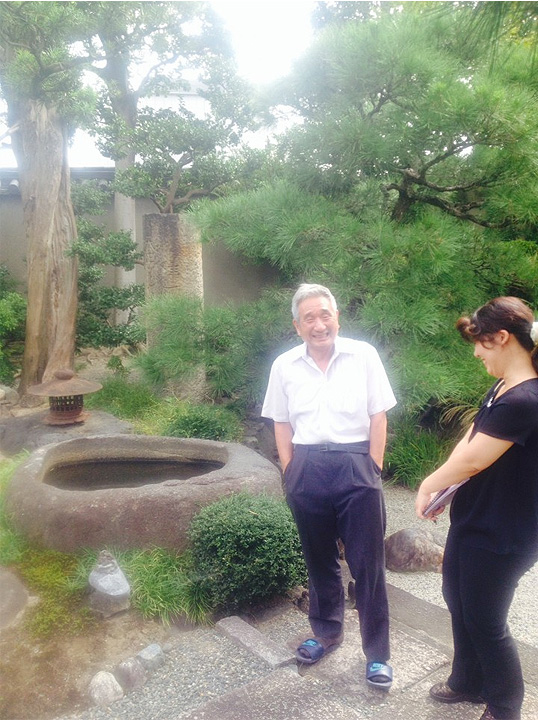

In the early 1900s, there was a study that determined that Fushimi’s water is particularly good for sake brewing, as it’s soft and very low in iron, so many breweries moved here, including Matsumoto, in 1922. We taste the water—Mr. Matsumoto insists, since sake is 80 percent water, and so it has such an impact on sake character—and in fact the water does feel soft and round. Fushimi sake is soft sake, he says; this water comes from the Momoyama Hills (“peach mountains”). (Later, the translator tells us that Fushimi sake is sometimes regarded as “feminine sake” for this quality.)
Mr. Matsumoto points out that they can be choosy about their rice, as it’s easy to transport long distances (unlike grapes for wine). Also, they can’t possibly grow enough for their own needs: They go through 500 tons of rice a year (for 300K 1.8L bottles), which requires 85 hectares of paddies. That’s ten times the size of the Tokyo Dome baseball stadium, he exclaims—a vast field size for Japan. Instead, they buy rice: Yamadanishiki from the Hyogo Prefecture, and Gohyakumangoku from Niigata, each for different sakes.
Mr. Matsumoto breaks sake flavor into five senses: sweet (from glucose); sour (from yeast); salt (or astringency); bitter (from alcohol), and umami (from amino acids). The best sake lasts on umami flavors, he says, considering umami the most important characteristic for determining quality. Umami is the flavor that lasts, he says, and the one that tells you it’s good. “Good sake sends a signal to the brain that tells you it’s good; this in turn causes your body to produce adrenaline and hormones, which is good for you; this is why they say sake is good for your health.”
He apologizes that they aren’t brewing right now—“due to climate change, we’re starting to brew later and later.” Brewing used to start around Oct 1; now it’s more like Oct 14 or 15.


This is a W&S web exclusive feature.
is W&S’s editor at large and covers the wines of the Mediterranean and Central and Eastern Europe for the magazine.
This is a W&S web exclusive. Get access to all of our feature stories by signing up today.
















